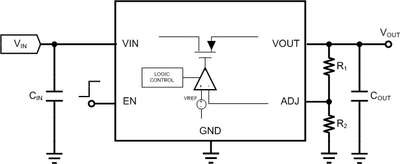Not just cranking but I assume the spike of just turning on your charging system must be potentially damaging too.Colonel wrote: Sun Dec 05, 2021 3:18 pmAgain, I worry more about transient voltage spikes
damaging electrical equipment which is powered on during cranking.
A few years ago we had a medic at work who was in the habit of charging his laptop off the medical inverter in the back. The thing is, he’d leave it plugged in all day so it would get power as soon as the battery master was on, then more power when the generators were switched on. He couldn’t figure out why he had to buy a new battery for his laptop every 3-4 months but I figure that’s got to be the culprit. Come to think of it, when the voltage dips on start his laptop battery was probably trying to power the plane too.





